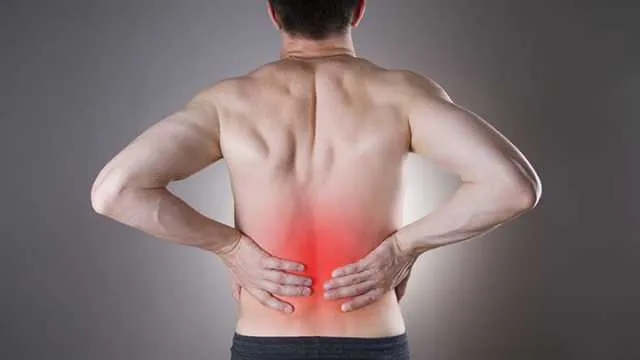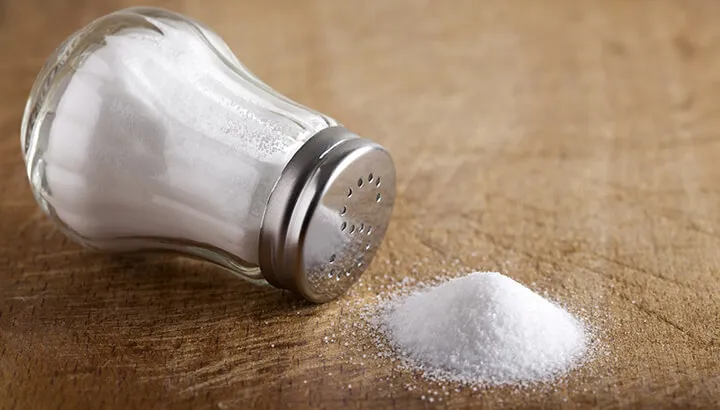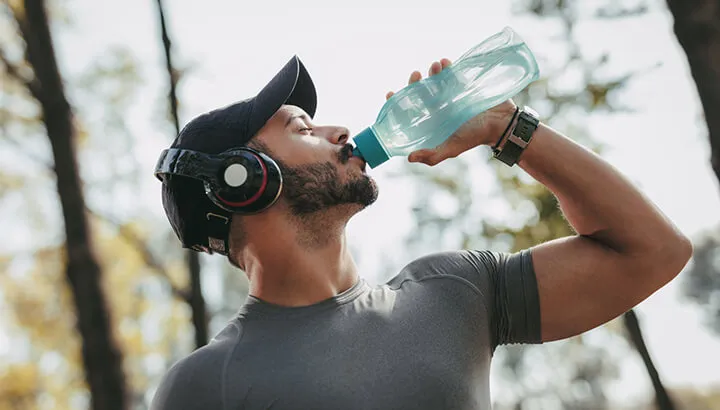
- Share on Facebook355
- Share on Pinterest
- Share on Twitter
If you’ve ever suffered from kidney stones, you are aware of the excruciating pain that comes with them. Severe back pain is an indicator that you have them. And if you pat the area, the pain will increase. The pain may also come in waves. You may also feel an urge to urinate constantly but feel pain while doing so. Your urine will likely be a different color like pink or brown. If an infection is present, you may experience fever and chills.
In the United States, 10 to 15 percent of adults are diagnosed with kidney stones at least once in their lifetime. Unfortunately, they tend to be a recurring problem. About one million people will develop kidney stones every year.
What are kidney stones?
Kidney stones are deposits that form in the kidneys that pass through the ureter and bladder through urination. The most common kinds of kidney stones are calcium oxalate stones. The liver produces oxalate and it is also found in some vegetables and fruit.
There are a few other kinds of kidney stones:
- Cystine stones: extremely rare and they release large amounts of amino acids. These stones are hereditary.
- Uric acid stones: most often seen in combination with gout.
- Struvite stones: most often found in women as result of a urinary tract infection.
Sometimes kidney stones are so small that they pass through the urinary tract without much pain or even without you noticing them. However, when kidney stones grow in size they can block the ureter, which becomes inflamed and causes pain.
What can be done to avoid kidney stones?
Since most kidney stones are calcium oxalate stones, you may try to limit your intake of foods containing oxalates. These foods include chocolate (bummer!), rhubarb, spinach, parsley, strawberries, nuts, pepper and wheat flour.
A common misconception is to stop eating calcium when you suffer from kidney stones. However, new information suggests that calcium actually binds to oxalates and will help to flush them out. So no need to skip on that precious calcium quite yet!
Reduce sugar consumption
This may not come as a surprise, but a diet high in sugar messes with your mineral balance, specifically calcium and magnesium. These cannot be as easily absorbed when you eat a high sugar diet.
Reduce salt intake

Another problem is a diet high in processed salt. Canned soups and other ready-to-eat meals are extremely high in salt. And we’re not talking about sea salt or Himalayan pink salt, but the processed kind that contains other ingredients like anti-caking agents and dextrose. Sea salt and Himalayan pink salt are full of valuable minerals. Adding them to your fresh, unprocessed meats and vegetables is a great addition to any diet.
Cut out soda
Finally, if you’re still drinking soda, now is a great time to quit the habit. The average American consumes a whopping 56 gallons of soda per year. That’s about 23,000 grams of sugar. Children as young as three years old are starting to drink soda and developing problems with their kidneys by five years old. The sugar and phosphorus contained in soda have been found to play a profound role in the creation of kidney stones. Please do not switch to diet soda, as that is actually worse for your overall health.
The #1 enemy of kidney stones
Drumroll please… it’s plain water. This sounds strangely anti-climactic but probably doesn’t come as a huge surprise. The human body is made up of 70 percent water. Every cell of our body needs water. Many of us are not drinking nearly as much water as we should, especially with coffee and soda as replacements. The truth is, coffee and soda drinkers should increase the amount of water they drink because those beverages act as a diuretic in the body.
When you look at your urine, it should be light yellow or clear. If it’s a dark yellow or orange, chances are you are not drinking enough water.
Why do the kidneys need water?

The kidneys have the very important job of removing waste and excess fluids from the body. They also regulate the levels of salt, potassium and acid in the body. The nutrients of our foods pass into the bloodstream that travels around the body. The nutrients also go through the kidneys, where they are filtered. Toxins are then removed and flushed out through the ureter with water. The kidneys filter over 200 quarts of fluid and two quarts are removed.
Urinary tract infections can increase the risk of kidney infections and kidney stones. Plus, already present kidney stones can actually complicate urinary tract infections, making it necessary to take antibiotics for a longer period of time. The American College of Physicians has released new guidelines in 2014, recommending that people with previous kidney stones increase their water intake to reduce future risk.
How much water should you drink per day?
One recommendation is to drink half your body weight in ounces. This may sound like a lot, but it can be done with a little bit of practice. Purchase a water bottle you can carry with you and gradually increase the amount of water you drink. You may find an increased urgency to urinate in the beginning, but your body will continue to get better at utilizing the water over time. If you do not like to drink water plain, add in lemon juice, orange slices or fresh berries. This will add a little bit of flavor without all the processed sugar.
How much water you need may vary. By simply checking your urine color, you’ll get a pretty good idea if you’re taking in enough water. Just be sure to keep it a light yellow or clear. With that said, if you are taking supplements such as a vitamin B complex, the color of your urine may change to a bright yellow temporarily. This is especially true for vitamin B2 (riboflavin).
Another great way to track your water intake is a phone app — your kidneys will thank you for it.
— Ute Mitchell
- Share on Facebook355
- Share on Pinterest
- Share on Twitter

